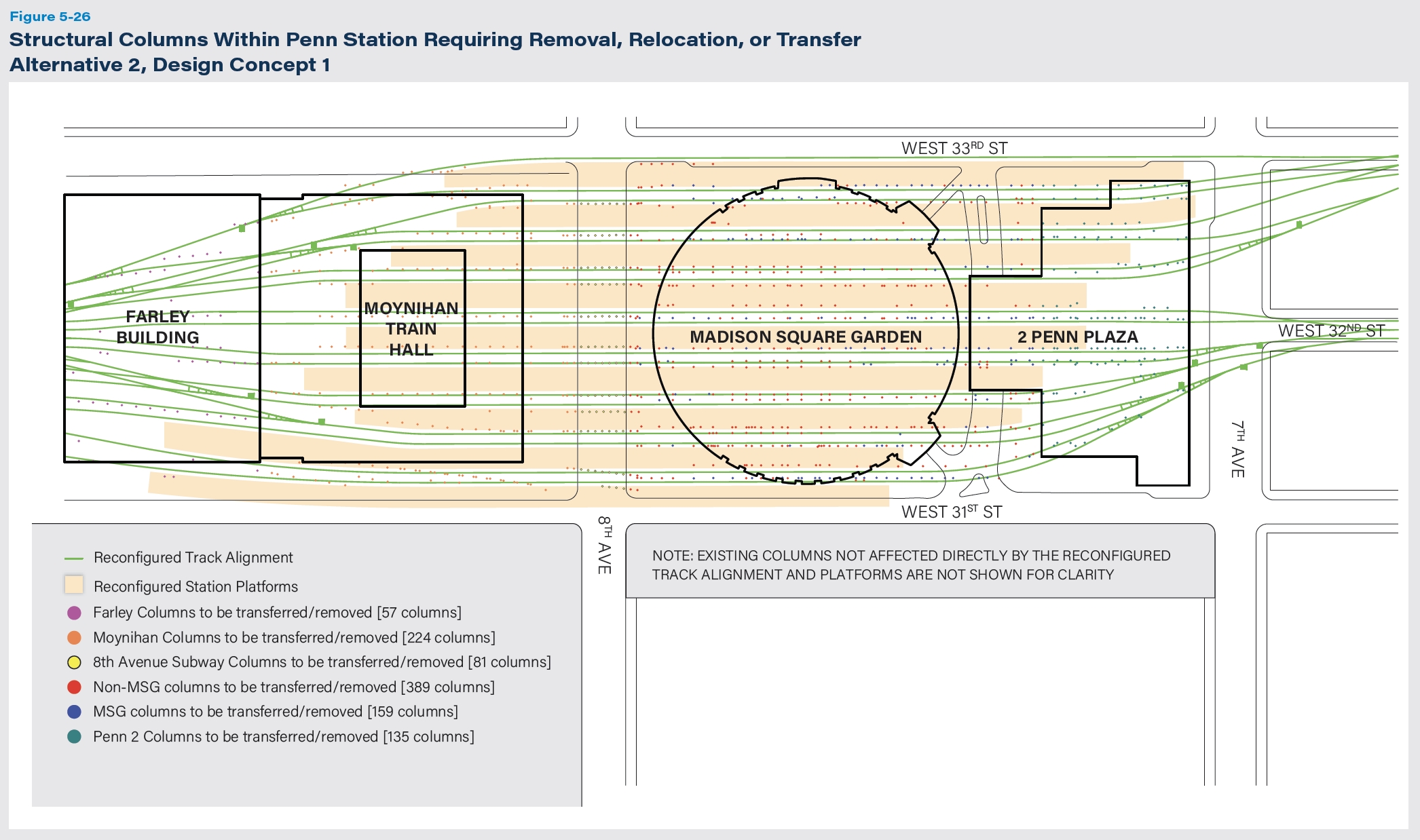Navigating Penn Station: Trains, Subways, and Connections
Penn Station, located in the heart of New York City, is one of the busiest transportation hubs in the world. Whether you’re a daily commuter, a tourist, or someone passing through, understanding how to navigate this bustling station can make your journey smoother and more efficient. Here’s a practical guide to help you get around Penn Station with ease.
Understanding the Layout
Penn Station is a sprawling complex that can be overwhelming at first glance. It is primarily divided into three main sections: Amtrak, Long Island Rail Road (LIRR), and New Jersey Transit (NJ Transit). Each section has its own concourse and ticketing areas. Familiarizing yourself with these sections can save you time and confusion.
- Amtrak: Located on the upper level, Amtrak services long-distance and regional trains. The Amtrak concourse is equipped with ticket counters, waiting areas, and information desks. If you’re traveling long distances, this is where you’ll find your train.
- Long Island Rail Road (LIRR): The LIRR concourse is on the lower level and serves commuters traveling to and from Long Island. It’s a busy area, especially during rush hours, so it’s wise to arrive early if you’re catching a train.
- New Jersey Transit (NJ Transit): Also on the lower level, NJ Transit serves passengers heading to New Jersey. Like the LIRR, this area can get crowded, so plan accordingly.
Navigating the Subways
Penn Station is well-connected to New York City’s extensive subway system, making it easy to reach various parts of the city. The station provides access to several subway lines, including the 1, 2, 3, A, C, and E trains. Here’s how to find them:
- 1, 2, 3 Trains: These lines are accessible from the 7th Avenue side of Penn Station. They run north-south and can take you to popular destinations like Times Square, the Upper West Side, and the Financial District.
- A, C, E Trains: Located on the 8th Avenue side, these lines also run north-south and connect you to areas such as Harlem, Brooklyn, and the Lower East Side.
To navigate the subway, it’s helpful to have a MetroCard or a contactless payment method like Apple Pay or Google Pay. Subway maps are available throughout the station, and digital displays provide real-time train information.
Making Connections
Penn Station is not just a train and subway hub; it’s also a gateway to other forms of transportation. Here are some key connections you might need:
- Buses: The Port Authority Bus Terminal is a short walk from Penn Station, offering connections to regional and interstate buses. If you’re traveling beyond the city, this is a convenient option.
- Airports: For those heading to JFK, LaGuardia, or Newark airports, Penn Station offers several options. The AirTrain connects to JFK and Newark, while buses and shuttles provide service to LaGuardia.
- Taxis and Rideshares: Taxis are readily available outside Penn Station, and rideshare services like Uber and Lyft can pick you up from designated areas. Be sure to follow signs to the appropriate pickup zones.
- Biking and Walking: If you’re staying nearby or prefer a more active mode of transportation, Penn Station is accessible by bike and foot. Bike racks are available, and the station is within walking distance of many Midtown attractions.
Tips for a Smooth Experience
Navigating Penn Station can be daunting, but a few tips can make your experience more pleasant:
- Plan Ahead: Check train schedules and subway maps before you arrive. Knowing your route in advance can save you time and stress.
- Arrive Early: Give yourself extra time, especially during peak hours. Crowds can slow you down, and trains may be delayed.
- Stay Informed: Keep an eye on digital displays for real-time updates on train and subway schedules. Announcements are also made over the PA system.
- Ask for Help: Station staff and information desks are available to assist you. Don’t hesitate to ask for directions or clarification if you’re unsure.
- Stay Safe: Keep your belongings secure and be aware of your surroundings. Penn Station is generally safe, but it’s always wise to stay vigilant.
Navigating Penn Station doesn’t have to be a stressful experience. With a little preparation and knowledge of the station’s layout and connections, you can move through this busy hub with confidence and ease.
